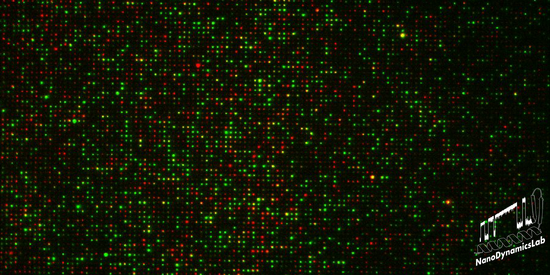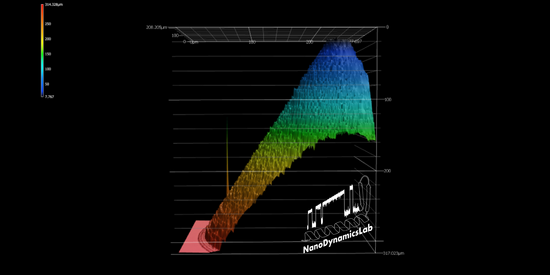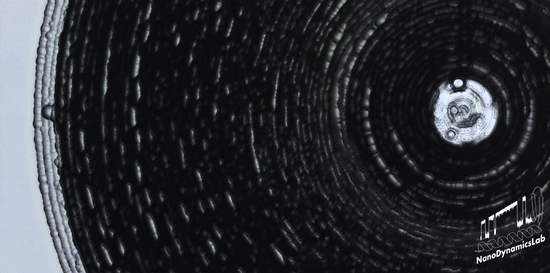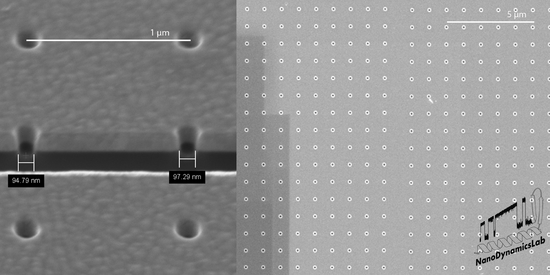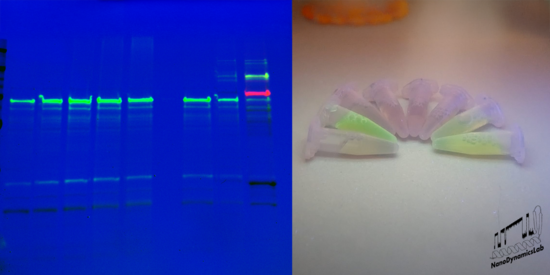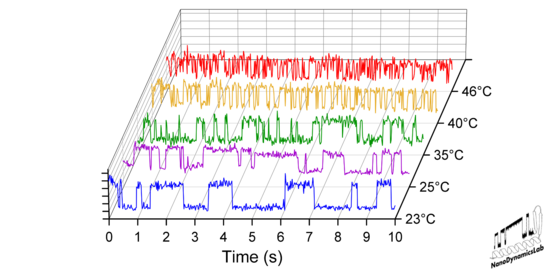Lab motivation & goals
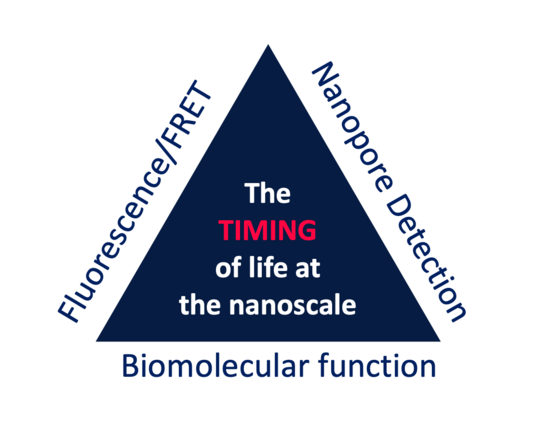
- Our goal is to understand and engineer the function of biomolecules (e.g. proteins, DNA, RNA). To do this, we develop new single-molecule technologies to directly observe the hidden nanodynamics that control the function of the biomolecules in our body.
- In particular, we focus on TIME information. This sets us apart from many other researchers who focus on information in SPACE, e.g. in structural biology or super-resolution imaging.
- Building on the vast body of known 3D structures and interactions of biomolecules, understanding their intricate nanoscale DYNAMICS – i.e. the biomolecular motions, conformational changes, transient interactions, etc. – is key to understanding, curing, and engineering life as we know it.
1) Single-molecule FRET & DyeCycling
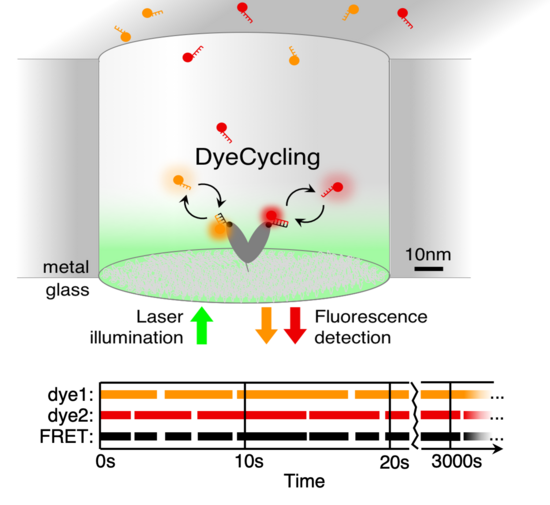
Using advanced fluorescence techniques, we can directly observe molecular dynamics in real time with sub-nanometer resolution. We do this by measuring the Förster Resonance Energy Transfer (FRET) in site-specifically labelled biomolecules, using dedicated microscopes with single-molecule resolution (TIRF or confocal).
A fundamental limitation of single-molecule FRET in its current form is photo-bleaching due to the finite photon budget of the fluorophores, which irreversibly terminates any experiment. To overcome this bleaching problem, we proposed and develop 'DyeCycling', a new measurement scheme for single-molecule FRET, which extends the observation time for single molecules from a few minutes to hour(s) – a huge information gain, providing entirely new insights into molecule-to-molecule variation, dynamic disorder, etc.
Ha, T., Fei, J., Lee, N. K., Gonzalez Jr, R. L., Paul, S., & Yeou, S.Schmid, S. (2024) Nat Rev Meth Primers
Ghosh, S., Schmid, S. (2024) QRB Discovery
Götz, M., Barth, A., Bohr, S. S. R., Börner, R., Chen, J., Cordes, T., Erie, D. A., Gebhardt, C., Hadzic, M. C. S., Hamilton, G. L. ... & Schmid, S.(2022) Nat Comms
Vermeer, B., Schmid, S. (2022) Nano Research
2) Label-free nanopore sensing & trapping
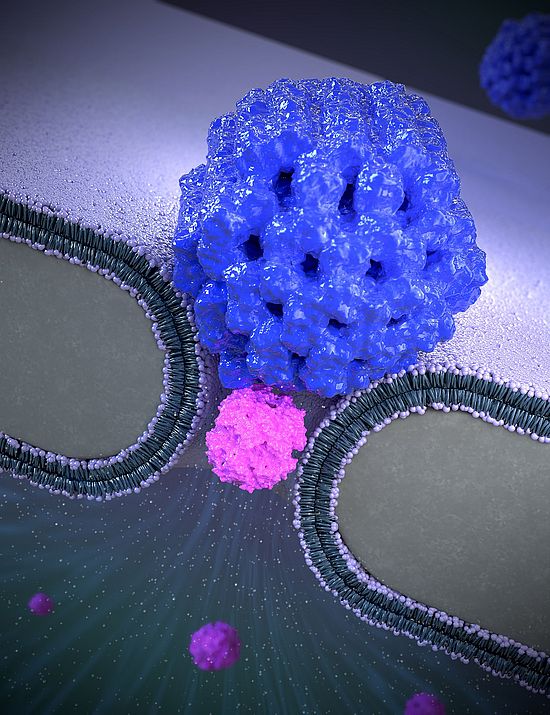
image credit: scixel/Dekker
Nanopore sensing is a versatile technique for the label-free, electrical detection of single molecules and their properties. A tiny nano-hole in an insulating membrane immersed in a buffer solution (electrolyte) acts as a nanoscale sensor: an applied voltage drives a through-pore ion current which is strongly modulated when a molecule enters the pore. Nanopore experiments can sensitively distinguish individual analyte conformations, stoichiometries, and even chirality/enantiomers(!).
Beyond the widespread DNA sequencing application, biological and solid-state nanopores enable countless creative use cases. For example, we have invented a single-molecule trap, the NEOtrap, we identified the stoichiometries of small CRISPR 2nd messengers, and the next holy grail are single-molecule proteomics solutions – stay tuned!
Fuentenebro Navas, D., Steens, J. A., de Lannoy, C., Noordijk, B., Pfeffer, M., de Ridder, D., Staals, R. H. J., Schmid, S. (2024) ACS Nano
Wen, C., Schmid, S., Dekker, C. (2024) ACS Nano
Wen, C., Bertosin, E., Shi, X., Dekker, Schmid, S. (2022) Nano Letters
Schmid, S., Stömmer, P., Dietz, H., Dekker, C. (2021) Nat Nanotech
3) Elucidating biomolecular function
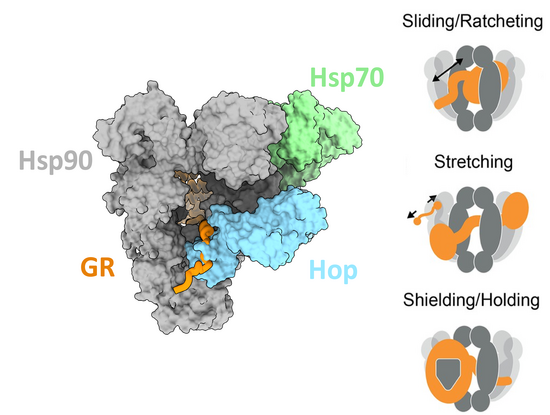
Molecular chaperones are proteins that assist in the folding and maturation of other proteins, their so-called 'client proteins'. We study chaperones with a focus on Hsp90 (heat-shock protein 90), a central metabolic hub that maintains protein homeostasis in healthy and also diseased (e.g. cancer) cells. Due to Hsp90's structural flexibility and low-affinity interactions, many mechanistic questions remain unanswered despite decades of research, highlighting the need for new (single-molecule) technologies to provide urgent answers. For example, we use single-molecule FRET to reveal & quantify the functional role of Hsp90's structural flexibility, and we harness nanophotonics to 'live-watch' the transient interactions that constitute Hsp90's functional cycle.
Silbermann, L., Vermeer, B., Schmid, S., Tych, K. (2024) eLife
Vermeer, B., van Ossenbruggen, J., Schmid, S. (2023) Methods in Mol Bio
Schmid,S., Hugel, T. (2020) eLife
Schmid, S., Götz, M., Hugel, T. (2018) ChemPhysChem
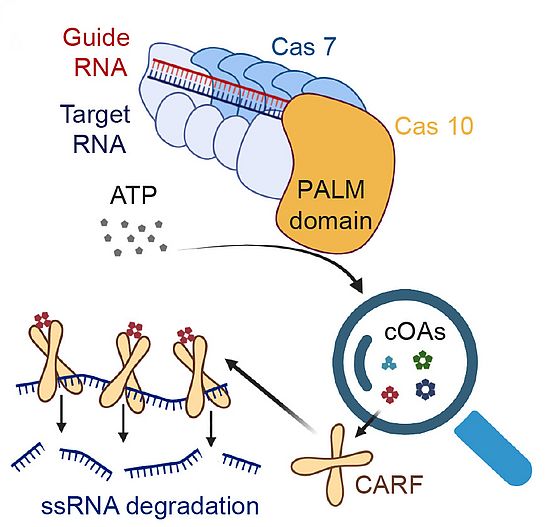
CRISPR associated proteins and signaling: The programmable 'gene scissors' CRISPR/Cas9 are widely known today, but several other CRISPR/Cas complexes evolved as part of the anti-viral defense system of bacteria, which diversify the CRISPR response to target recognition. For example, type III CRISPR/Cas produces secondary messengers that activate downstream effector proteins. We published the first single-molecule detection of these CRISPR 2nd messengers (cyclic oligo-adenylates) using a label-free nanopore experiments with stoichiometric sensitivity. Moreover, we strive to elucidate the sallosteric regulation of the downstream effector proteins by the 2nd messengers, which decide over life or death of the bacteria with exciting biotech potential.

